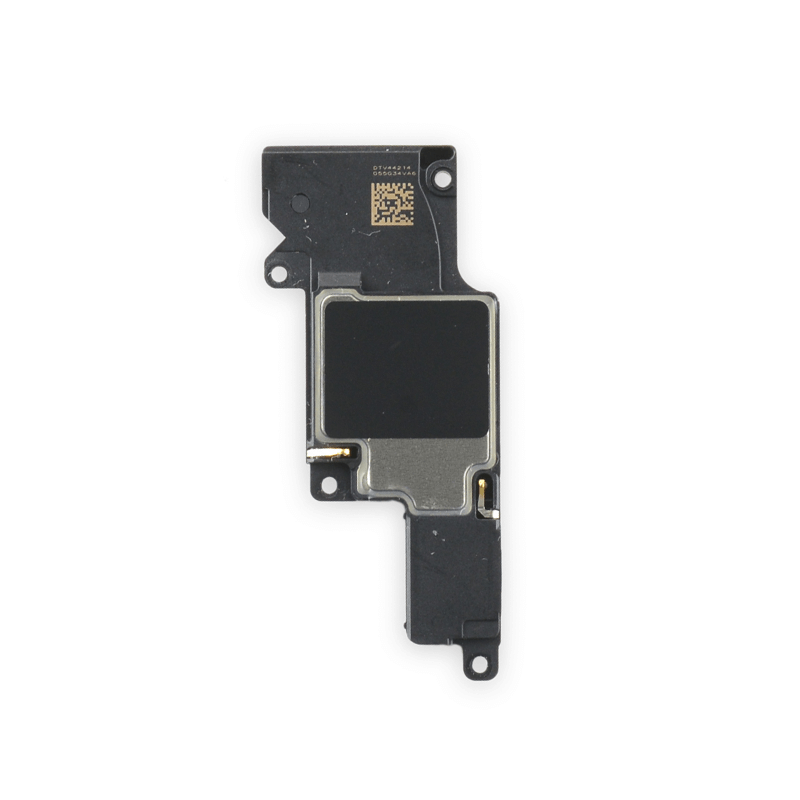

One could argue that perhaps only a handful of these sounds, some quite whimsical, could be tolerated as a ringtone. The original 25 ringtones and alerts include:Īlarm, Ascending, Bark, Bell Tower, Blues, Boing, Crickets, Digital, Doorbell, Duck, Harp, Marimba, Motorcycle, Old Car Horn, Old Phone, Piano Riff, Pinball, Robot, Sci-Fi, Sonar, Strum, Timba, Time Passing, Trill, and Xylophone In the epoch when the iPhone was first released, they were certainly unique and perhaps deemed great by many. Thus the 25 ringtones that were to be released had to be good by Steve's qualitative standards. Was it a derivative work, a performance, or otherwise?Īll of these issues forced Steve to not include custom ringtones in the first iPhone/iOS release, aside from Steve's aesthetic of purity, which was quite opposite from the glamour "statement" ringtones that some consumers wanted. The RIAA was also working hard to be the clearing house of ringtone revenue and pushed for the US Patent and Trademark office to issue a ruling about the legal status of a ringtone. There was not enough time for these battles to be won and still make the iPhone delivery date. This would mean that politically, Steve needed to fight a two front battle with the Record Labels on one side and the cell companies on the other. Steve originally wanted to allow for iPhone users to create their own ringtones from iTunes music files. The 25 Ringtones That Had To Showcase The iPhone As Unique They had far more lucrative revenue models in the works. But the ringtone business was never a focus of Apple when creating the iPhone.

In the early years, ringtones could cost up to $5 per tone. In 2005, the ringtone business was a billion dollar industry with the cell companies as the primary gatekeepers. There were cell phones that could play audio files as ringtones, but the process was cumbersome and fraught with challenges. When Apple began the development of what became the iPhone, it was clear that they would use high fidelity audio files and not simple low quality beeps and MIDI ring tones for a lot of reasons. Although adequate as a call alert, it was far from ideal, and Steve had a particular dislike for the ringtone. Millions of cell phones, up to 1.8 billion times per day, echoed the monophonic and polyphonic version as the default ring tone. That said, all iOS devices can benefit from setting volume limits, even even if it’s just on the Music app.In 2005, the most popular ringtone in the world was an obscure 1902 guitar riff, the classic Nokia ring tone. The average iPhone user probably won’t find much use for this and may even be annoyed by their iPhone volume buttons not working to change the volume level as expected, but parents, babysitters, and educators will probably love it as one of the many tips to make their devices more kid friendly.įor what it’s worth, the iPad and iPod touch offer the same setting in iOS, but because those devices aren’t regularly used as primary contact devices, it’s a bit less useful on them when compared to iPhone. You can try it out yourself by pressing the volume buttons, they will no longer impact the ringer or alert levels at all, though they will continue to change the volume of things like app, games, and playing videos. Exit out of Settings with the security of knowing that the volume buttons will no longer hush the phone even if they’re pressed a few billion times.Under ‘Ringers and Alerts’ slide the volume adjustment to whatever level you want to set, then toggle the switch for “Change with Buttons” to the OFF position.Open the Settings app on the iPhone and head to “Sounds”.This prevents the hardware Volume Buttons from adjusting the Ringer & Alert volume levels only:
RINGER ON IPHONE HOW TO
How to Disable Volume Button Controls on iPhone
RINGER ON IPHONE SOFTWARE
Fortunately, Apple thought of this exact scenario, and they came up with what I like to call ‘parent mode’ for the Volume Buttons, which lets you set a a volume limit through iOS software Settings while simultaneously disabling the hardware volume buttons from actually changing the volume level. The cause of this is fairly simple the volume buttons on the side of the iPhone.


 0 kommentar(er)
0 kommentar(er)
